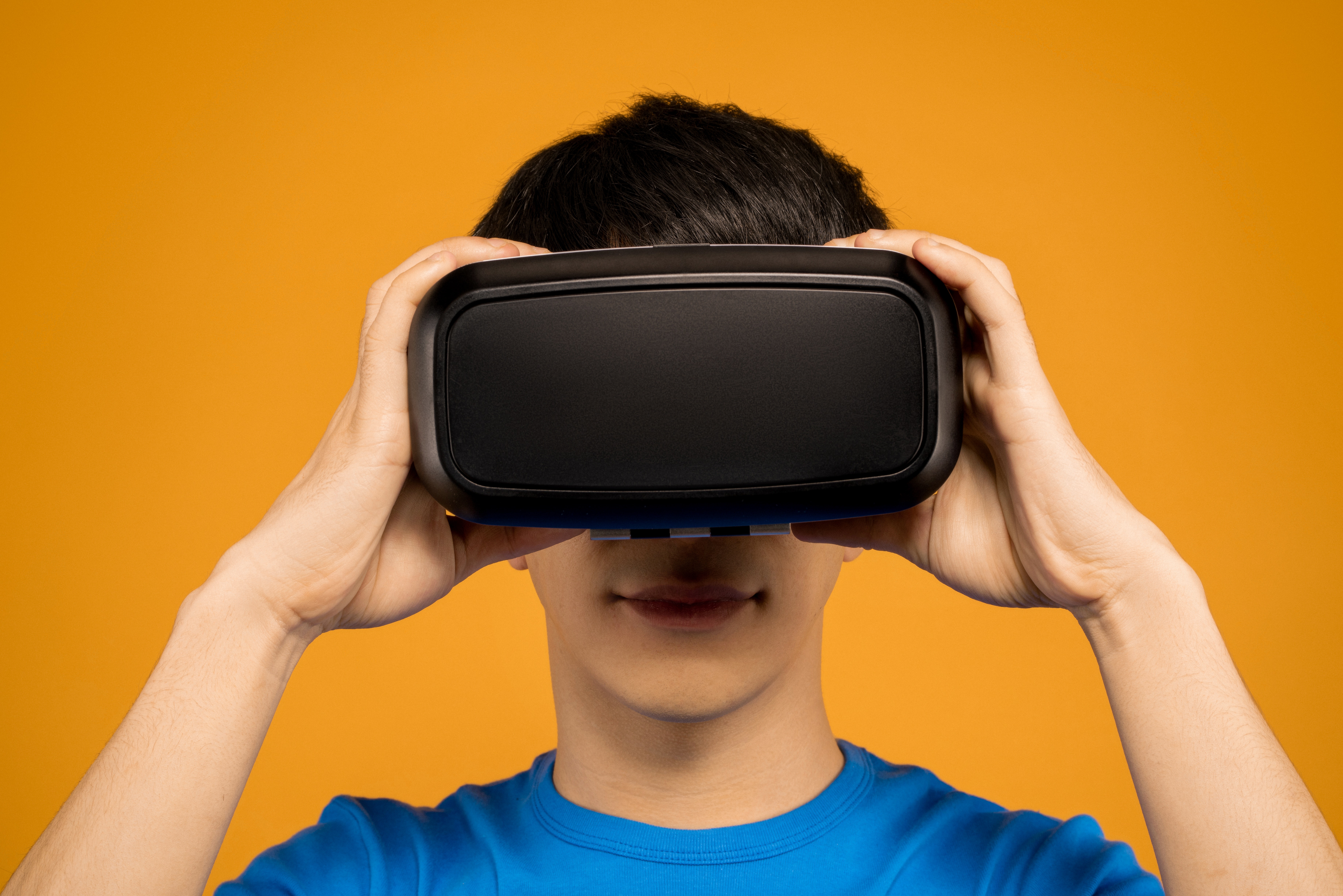Much of simulation, augmented reality (AR), and virtual reality (VR) technology is focused on specialized training for post-secondary and professional education programs and professionals. This leaves out a market segment that studies show can benefit greatly from these tools - K-12 education. Simulation, VR, and AR can be applied to many areas of study found in primary and secondary education and can provide enriching factors to the standard curriculum such as heightening the level of understanding and elevating the experience that K-12 students can receive during classroom instruction.

Various studies have concluded that VR and AR can be effective tools for both students and teachers. A piece published by Education and Information Technologies referenced the work of Häfner et al. (2018) which summarized the key advantages to using VR in teaching. The many advantages that directly enhanced the teaching and learning processes were identified as follows:
- Enhanced student motivation
- More effective communication and evaluation
- Better understanding of complex phenomena
- Adaptability and flexibility to individual needs
- An increase in safety and health aspects when dangerous tasks are simulated instead of experienced in reality
- The environmentally-friendliness of simulation
- A focus on the time and cost effectiveness for certain kinds of training
- A shorter preparation and debriefing time
The versatility of these advantages lies in the fact that AR training can be utilized in many different concentrations, such as physical education, anatomy, and even food and nutrition courses. When the effectiveness of using AR in high school level physical education classes was studied it was found that, “The statistical analyses used after the experimentation with AR for students promoted an improvement in motivation and academic performance or receptivity towards the area of knowledge among the students. Therefore, this is a resource that is presented as an opportunity to potentiate teaching in the area of physical education.” In this study, the interactivity aspect offered by AR was especially highlighted, as the heightened variables recorded in motivation, performance, and receptivity were a result of the introduction of the interactive AR interface, which eliminated a passive student role.
Another study published by The American Biology Teacher looked at the effects of using AR during anatomy instruction. A quote from the study demonstrates just how beneficial AR was found to be: “The results of the survey indicate that interaction with the system is both easy and entertaining, which encourages students to learn and practice the given subject. The results also indicate that most of the students thought that using the system helped them learn the subject faster and better.”
Other areas that could benefit greatly from AR/VR training are food and nutrition programs. Statistics show that the recommended number of hours of food and nutrition instruction is seldom met by many school curriculums throughout the United States, as only about two-thirds of schools with foods and nutrition programs meet this goal. This statistic could be improved through the use of simulation technology, which could extend a greater number of resources including more hours of accessible instruction through the use of interactive interfaces and remote learning modules.
Despite the myriad of advantages and benefits VR and AR offer within the K-12 classroom, there are many challenges that may arise when implementing such technology into primary and secondary education instruction. One challenge is cognitive overload, which can result in less effective learning. Another challenge is centered around user safety, as dizziness and nausea sometimes affects users during or after VR sessions, particularly when a headset is required. Besides user challenges, there are also several administrative challenges, such as high costs associated with purchasing equipment and the level of expertise required to successfully operate VR and AR hardware. These skills can require additional training for primary and secondary level educators, which often translates to an increase in time and financial resources. Lastly, another challenge is the lack of content available for primary and secondary education levels. Since most simulation is focused on higher levels of education and specialized training, there is an absence of content that is suitable for K-12 students and educators.